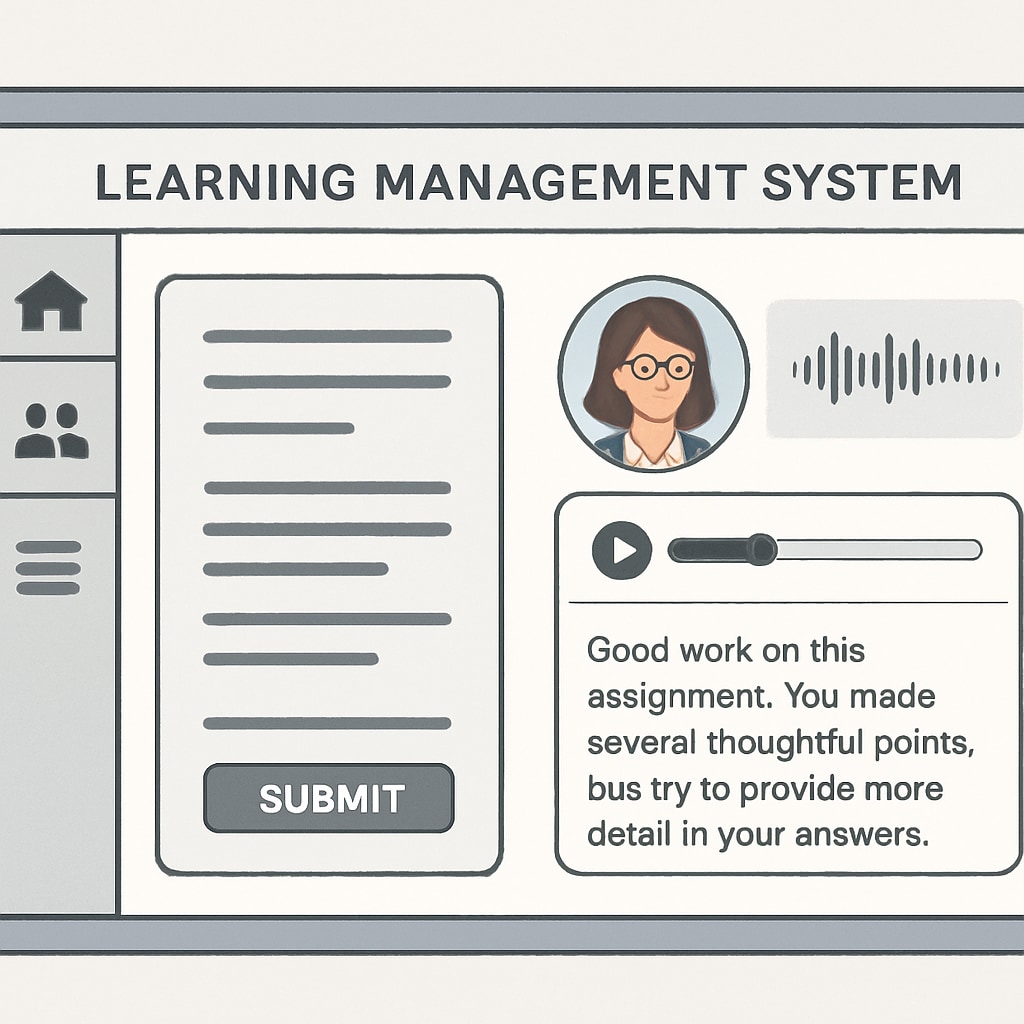Voice recognition technology is rapidly becoming an essential tool in the arsenal of K12 educators. With platforms like WillowVoice, teachers can now streamline their workflows, improve teaching efficiency, and enhance educational feedback for students. This innovation enables educators to shift their focus from tedious administrative tasks to meaningful classroom interactions, redefining the way education is delivered.
Transforming Teaching Efficiency with Voice Recognition Tools
In the K12 education landscape, teachers often face an overwhelming amount of paperwork, ranging from class attendance to grading assignments. Voice recognition tools, such as WillowVoice, provide a seamless solution to this challenge. By converting spoken words into written text with remarkable accuracy, educators can create lesson plans, record student evaluations, and draft reports in a fraction of the time.
For example, a teacher can dictate feedback for a student essay rather than typing it out manually, allowing for faster communication and a personalized approach. As a result, educators can allocate more time to interact with students, fostering a deeper understanding and engagement in the learning process.

Enhancing Educational Feedback with Voice-to-Text Technology
One of the most impactful applications of voice recognition in education is its ability to enhance feedback mechanisms. Providing timely and constructive feedback is crucial for student development, but it can be time-consuming. Voice-to-text solutions like WillowVoice simplify this process by allowing teachers to record their comments verbally and instantly transform them into written feedback.
This not only accelerates the feedback process but also ensures that students receive detailed and actionable insights into their work. Additionally, voice recognition technology can be integrated with learning management systems (LMS) to automatically distribute feedback to students, further streamlining communication.

Broader Benefits and Future Potential in K12 Education
Beyond boosting efficiency and feedback, voice recognition technology offers numerous other benefits for K12 education. For instance:
- Inclusivity: Voice recognition tools can assist students with disabilities, such as those who struggle with writing or typing, by enabling them to express their ideas verbally.
- Language Learning: These platforms can be used for pronunciation practice and language comprehension, making them valuable in ESL (English as a Second Language) classrooms.
- Data Analysis: Voice recognition software can analyze patterns in teacher feedback, offering insights that help educators refine their teaching methods.
As these technologies continue to evolve, their potential for reshaping education becomes even more significant. Future advancements may include real-time language translation, voice-controlled classroom devices, and AI-driven insights into student performance.
Conclusion: Why Voice Recognition Tools Are the Future of K12 Education
Voice recognition technology, exemplified by WillowVoice, is not just a tool for convenience—it’s a transformative force in education. By improving teaching efficiency and enhancing educational feedback, it empowers educators to focus on what truly matters: guiding and inspiring their students. As more schools adopt these technologies, the benefits for both teachers and learners will undoubtedly grow, paving the way for a smarter and more dynamic educational system.
For more insights into voice recognition technology, visit Speech Recognition on Wikipedia or explore Speech Recognition on Britannica.


